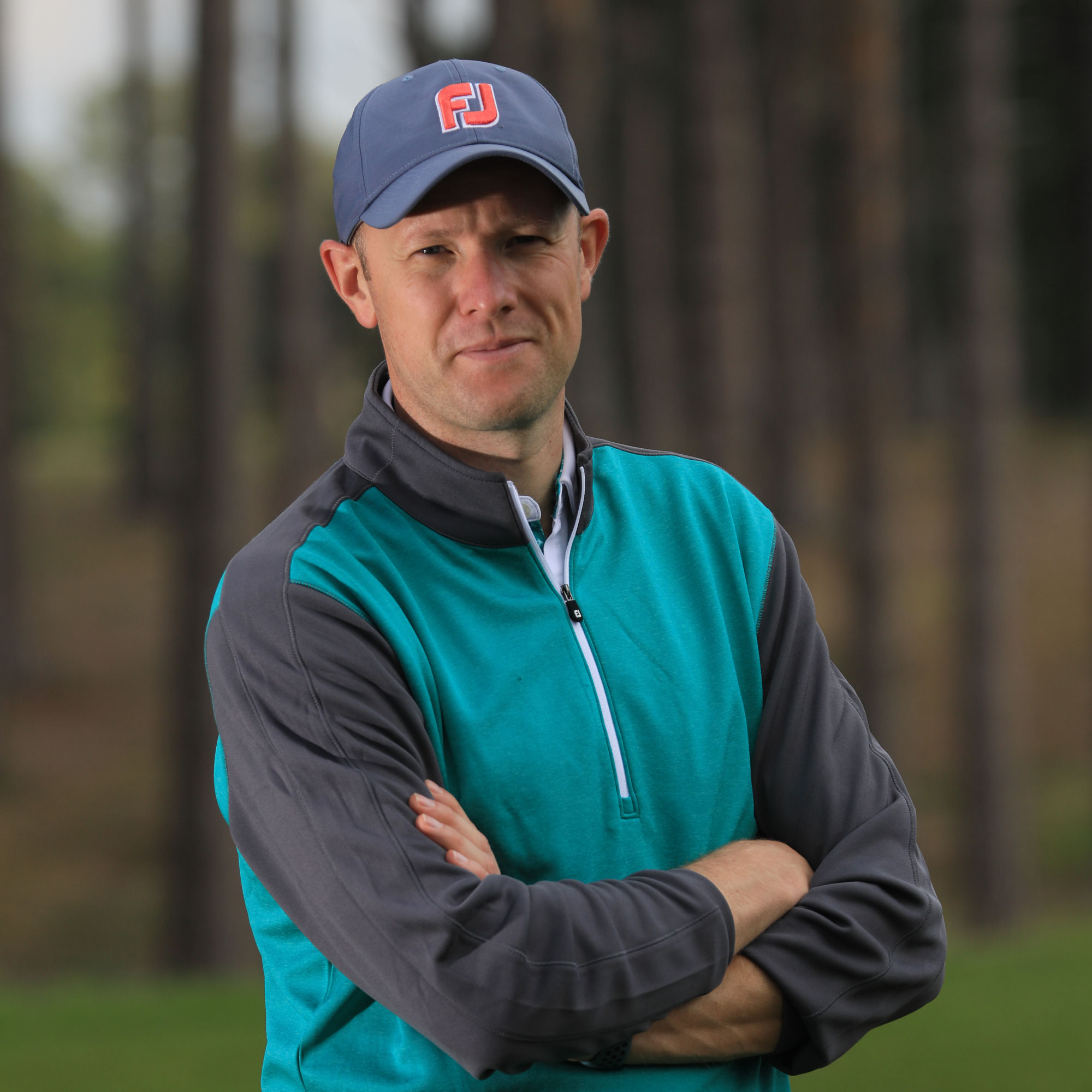Greatest Show on Turf


Golf Monthly senior writer Paul O’Hagan reports from the PGA Show
Working on Golf Monthly’s equipment pages for more than seven years has given me the opportunity to test almost every major product released in that time.
Gear offerings have changed dramatically in the way they look, feel, perform and are marketed.
The equipment on offer today is more exciting and beneficial to your game than ever before, particularly if you haven’t changed clubs for a while.
This is the first of my monthly equipment columns, which will offer an insight into the equipment world in greater detail than ever before in Golf Monthly.
From sneak peeks at forthcoming equipment to what’s going on in tour golf, I’ll keep you abreast of the very latest developments.
Laying down a marker
This inaugural column comes off the back of the biggest week in the golf equipment calendar, the PGA Merchandise Show in Orlando.
Subscribe to the Golf Monthly newsletter to stay up to date with all the latest tour news, equipment news, reviews, head-to-heads and buyer’s guides from our team of experienced experts.
Coinciding with new-season launches from every brand, this is a chance to shout about the latest offerings to PGA professionals and the media, just before they go on sale.
The annual stand-measuring contest took place once again, with the major brands looking to make big statements.
The combined forces of TaylorMade, adidas, Ashworth and Adams were displayed in a hall of their own, which rivalled the entire apparel hall for size!
Meanwhile, the Callaway stand had gone from a dark, understated environment two years ago to a bold, ‘in your face’ set-up, complete with its own tank, to promote the new Odyssey Tank putter!
This change coincides with a spate of tour signings, including 2013’s leading man, Henrik Stenson.
Both moves represent a more aggressive approach and a renewed confidence in the brand’s equipment line-up.
Although we’d already tested the majority of equipment on display, the demo day at Orlando offered the rare opportunity to try all of the new gear on one day, which threw up some interesting findings.
It was clear that the latest better-player drivers, previously niche products due to their smaller, less-forgiving heads, are far more forgiving than previous versions.
This will mean that there are more options for those who struggle with too much spin off the tee, almost regardless of handicap.
Ironically, the faster swinger needs just as much, if not more, forgiveness than most, so this change promises to be a welcome one for many.
The majority of brands have also made efforts to simplify the adjustability on their driver offerings for 2014.
This will please those who like to tweak their driver, as well as encouraging those who don’t usually tinker.
The ability to return to your original setting quickly and easily should mean that changing the set-up is now far less intimidating.
Counter-balancing
It never fails to impress me how equipment manufacturers are able to adapt to rule changes enforced by The R&A and USGA.
It’s always the second generation of products after the change that are most worthy of our attention. We saw this with the groove rule change, announced in 2009.
The first conforming wedges produced considerably less spin than non-conforming designs, particularly from the rough.
After a period of research and development, and intensive testing, designers came up with a number of ways of bringing spin rates back up close to where they were.
Six months after the putter anchoring ban was announced, a host of new offerings have been launched featuring counter-balanced technology.
This involves adding weight in the grip end of the putter to keep the clubface square through impact and encourage a positive stroke.
I’ve never been a fan of broomhandle or belly putters, but I’ve been amazed at how comfortable the counter-balanced designs feel.
The technology also makes it really easy to control the clubhead. As well as those switching from anchored putters, I’d also expect to see counter-balanced designs
find their way into the hands of those who use conventional short putters.
They provide added control and stability, particularly under pressure, with very little change from a conventional putting technique, and only a slight change in feel.
With this technology now available in a huge range of head designs, it’s hard to see why even the best putters wouldn’t try one.
I’ll certainly be trialling a couple in the next month or so, before the season really gets under way for most of us.

In July 2023, Neil became just the 9th editor in Golf Monthly's 112-year history. Originally working with the best coaches in the UK to produce instruction content, he has also presented many Golf Monthly videos looking at all areas of the game from Tour player interviews to the rules of golf.
Throughout his time with the brand he has also covered equipment launches that date back well over a decade. He clearly remembers the launch of the Callaway and Nike square drivers as well as the white TaylorMade driver families, such as the RocketBallz! If you take a look at the Golf Monthly YouTube channel, you'll see his equipment videos dating back over a decade! He has also conducted 'What's In The Bag' interviews with many of the game's best players like Rory McIlroy, Dustin Johnson and Jon Rahm. Over the years, Neil has tested a vast array of products in each category and at drastically different price-points.
Neil is currently playing: Driver: TaylorMade Stealth Plus Fairway Wood: Titleist TSR2 Hybrid: Titleist TS3 Irons: PING Blueprint S (4&5), PING Blueprint T (6-PW) Wedges: Titleist Vokey SM7 50˚, 54˚, 60˚ Putter: Odyssey Triple Track Ten Ball: Titleist Pro V1X